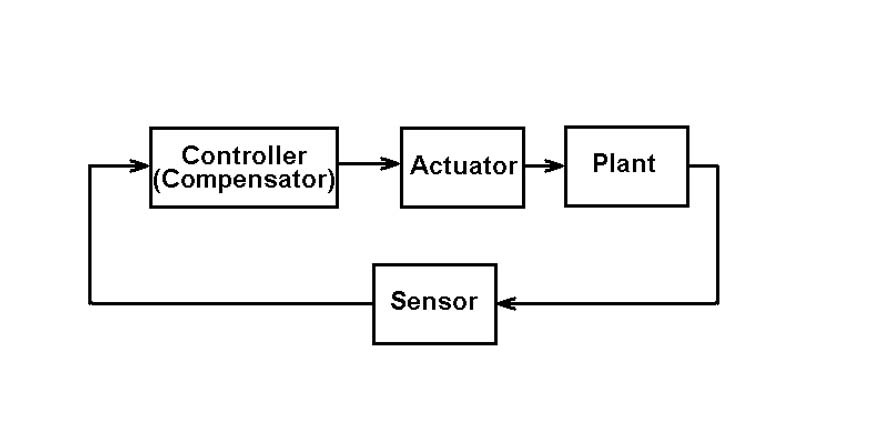
How Actuators Work?
All valves need effective means in which they could be operated such as actuated and cycled. There are different options in-order-to achieve that, including; gears, handwheels, levers, and actuators. The actuators are the means in which the valves could be mechanized so that, there would be no human interactions with valve packages are important to cycle valves.
Actuators could be remotely operated & could act as the shutdown mechanism in case there are emergency situations, wherein human interactions can be harmful. At the very basic levels, the actuators are the control mechanisms that are operated through the energy sources. That energy could be hydraulic pressures, electric current or pneumatic pressures that move the interior mechanical part of an actuator.
Moreover, it could be designed in-order to fail open, as in instances that the actuator fails, the valves would remain open and fail close at times that the actuators fail, the valves would remain closed. Also, they are being determined through whether they’re for the quarter turn such as plug valves, ball valves or linear like the gate valve operation.
Kinds of Actuators
Actuators in double-acting configurations have liquid or air supplied in the sides of a piston, having one side as the higher pressure that achieve the movements needed to actuate valves. That configurations use the liquid or air as the energy to close or open the valves. Actuators in the spring return configurations have liquid or air supplied to just one side of piston, then the energy in-order-to move the mechanism that come from the spring in the opposite sides. That configurations use the liquid or air as the energy in-order-to close and open the valves, and at the same time, spring acts affecting the opposite movement.
- Piston Style
The Piston style actuator generates linear force through the air that acts in the piston. Linear force conversation to torque is obtained through a specific actuator design.
- Rack & Pinion
Not like the traditional actuator, that produce the ninety degree turns of pinion and rack, actuators output the one-hundred eighty degree turns. That actuator’s style is mainly suitable for the actuating plug valve.
- Scotch Yoke
The scotch yoke actuators include the piston, yoke, connecting shaft, and the rotary pin. A yoke is 45-degree offset from an axis of piston in the 2-ends travel & at ninety degrees to piston shaft whenever at the mid-travel positions. The scotch yoke designs are ideal for the offset butterfly actuation.
- Diaphragm Style
Diaphragm-style actuators include the rubber diaphragm & stem in the spherical-steel housing. That style of actuator is an ideal for a valve that requires shorter travel like the globe valves and the diaphragm valves.
An actuator is ideally suited enough for installation wherein human interactions are either dangerous or not possible, such as installation location or space inhibit access to valve operator. Every actuator leaving an Indelac facility is often in an open position. But, if the valves are not completely close or open, cams could be adjusted through loosening a set crew & rotating cam right/left into a desired position.



